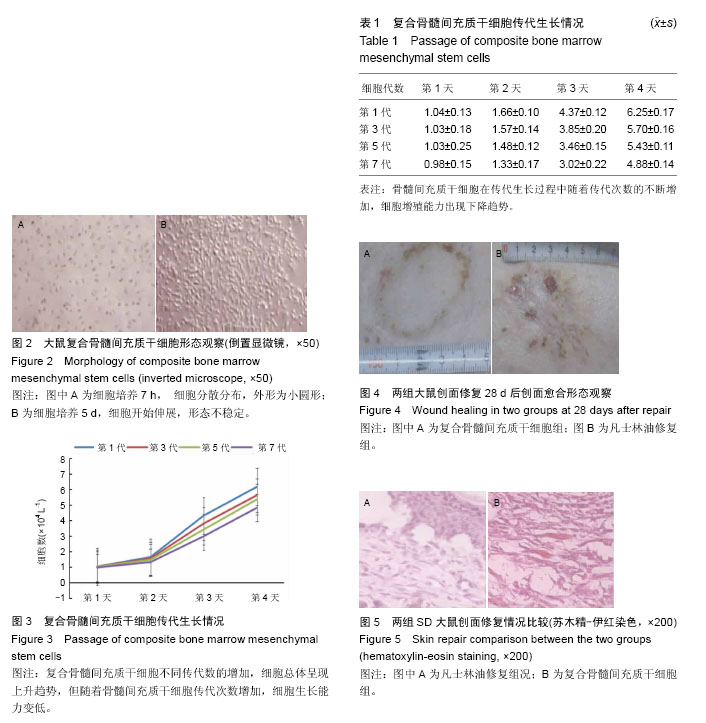| [1] 姚伟涛,蔡启卿,王家强,等.三种皮瓣修复足跟部恶性黑色素瘤术后缺损的疗效比较[J].中国修复重建外科杂志, 2011,25(7):800-804.[2] 李文平,吴多庆,黄友华,等.封闭式负压引流技术联合腓动脉穿支皮瓣修复足踝部皮肤软组织缺损[J].中国修复重建外科杂志,2012,26(4):510-512.[3] 李冬严,曹贵军,刘积平,等.腓肠神经营养血管皮瓣与小腿内侧皮瓣修复足踝部创面对比研究[J].武警医学,2012, 23(1):11-13.[4] 孙涛,魏鹏,戚健武,等.两种皮瓣修复末节指腹缺损的临床研究[J].中华手外科杂志, 2009,25(6):388-389.[5] 许亚军,陈政,姚群,等.两套血供的小腿外侧皮瓣逆行转位修复足踝部软组织缺损[J].中华显微外科杂志,2011, 34(8): 276-279.[6] Garcia -Pumarino R, Moraleda E, Aburto A, et al. Vascular anatomy of the dorsum of the foot. Plast Reconstr Surg.2010;126(6):2012-2018.[7] Cavadas PC. Reversed saphenous neurocutaneous island flap:clinical experience and evolution to the posterior tibial perforator-saphenous subcutaneous flap. Plast Reconstr Surg.2003;111(2):837-839.[8] 李学渊,胡瑞斌,梅劲,等.小腿外侧穿支皮瓣的解剖与临床应用[J].中华显微外科杂志,2012,35(3):194-197.[9] 彭辉煌,吴建伟.腓动脉穿支蒂腓肠神经营养血管皮瓣修复足踝部软组织缺损与骨髓炎创面[J].临床骨科杂志, 2012,15(1):29-31.[10] 沈强,李仲影,王晓琴,等.低旋转点外踝上皮瓣修复前足创面的临床应用[J].临床误诊误治,2012,25(6):83-84.[11] 熊翔,马远,唐桦,等.2 种血管神经皮瓣在足跟皮肤软组织缺损修复中的临床应用[J].昆明医学院学报,2012,33(1): 78-80.[12] 林立国,胡玉祥,章峰火,等.足内侧皮瓣修复足跟软组织缺损的临床研究[J].中华显微外科杂志,2012,35(3): 234-235.[13] 滕国栋,汤海萍,袁光海,等.应用足底内侧动脉皮瓣修复跟腱部皮肤缺损[J].中华显微外科杂志,2012,35(2):147- 148.[14] Shamis Y, Hewitt KJ, Carlson MW,et al. Fibroblasts derived from hu-man embryonic stem cells direct development and repair of 3D hu-man skin equivalents. Stem Cell Res Ther. 2011;2(1): 10.[15] 齐勇,孙鸿涛,徐汪洋,等.皮神经营养血管蒂皮瓣修复小腿及足部软组缺损[J].中华损伤与修复杂志:电子版,2011, 6(3):358-363.[16] 费阳,张翠萍,付小兵.不同来源的表皮干细胞促进皮肤创面愈合的研究[J].中华实验外科杂志,2011, 28(2): 215-218.[17] 张彦刚,胡大海,张战凤,等.人表皮干细胞改良培养及其组织工程皮肤的构建[J].中国美容医学, 2011, 20(1):79-82[18] Jiang S, Zhao L, Teklemariam T, et al. Small cutaneous wounds in-duce telogen to anagen transition of murine hair follicle stem cells.J Dermatol Sci. 2010;60(3): 143-150.[19] 张群,杨光辉,丛笑倩,等.毛囊干细胞表皮膜片修复裸鼠皮肤缺损的实验研究[J].组织工程与重建外科杂志,2009, 5(2):79-82.[20] Qi SH, Liu P, Xie JL, et al. Experimental study on repairing of nude mice skin defects with composite skin consisting of xenogeneic dermis and epidermal stem cells and hair follicle dermal papilla cells.Burns.2008;34(3): 385-392.[21] Ha XQ, Lü TD, Hui L, et al. Effects of mesenchymal stem cells transfected with human hepatocyte growth factor gene on healing of burn wounds. Chin J Traumatol. 2010;13(6): 349-355.[22] Pilgaard L, Lund P, Duroux M, et al. Effect of oxygen concentration, culture format and donor variability on in vitro chondrogenesis of human adipose tissue-derived stem cells. Regen Med. 2009;4 (4):539-548.[23] 鞠晓军,潘锋,柏树令,等.人脱细胞羊膜复合脂肪源性干细胞修复大鼠全层皮肤缺损的实验研究[J].中国修复重建外科杂志,2010,24(2):143-149.[24] Prasertsung I, Kanokpanont S, Bunaprasert T, et al. Development of acellular dermis from porcine skin using periodic pressurized tech-nique. J Biomed Mater Res B Appl Biomater. 2008;85(1): 210-219.[25] 霍艳丽,马洁华,柏树令,等.脱细胞羊膜与小肠黏膜下层促进大鼠皮肤缺损修复和血管形成[J].中国组织化学与细胞化学杂志, 2011, 20(2):176-181.[26] Wang C,Lau TT,Loh WL,et al. Cytocompatibility study of a natural biomaterial crosslinker-Genipin with therapeutic model cells. JBiomed Mater Res B Appl Biomater. 2011;97(1): 58-65.[27] Hart CE, Loewen-Rodriguez A, Lessem J, et al. Dermagraft: Use in the Treatment of Chronic Wounds. Advances in Wound Care.2012;1(3):138-141.[28] 秦瑞峰,聂鑫,张勇杰,等.组织工程复合皮肤应用于皮肤缺损创面的临床疗效观察[J].现代生物医学进展,2007, 7(12): 1840-1843.[29] 高学军,蔡霞,孙文娟,等.应用胶原海绵构建组织工程皮肤的实验研究[J]. 解剖科学进展,2005,11(4): 321-323.[30] Anne Ouellette,Melissa Diamond,Anna-Lena Makowski. Outcomes of Using Bioengineered Skin Substitute (Apligraf) for Wound Cov-erage in Dupuytren's Surgery. Springer Berlin Heidelberg. 2012:373-378.[31] 吴永柏,颜培娥,崔丽华,等.改良斧状皮瓣在组织缺损修复中的应用[J].海南医学,2015,26(1): 119-120.[32] 余贵英,冯雪,罗晓樱,等.股前外侧肌游离皮瓣修复小腿大面积软组织缺损围手术期护理[J].护士进修杂志, 2014, 29(6):548-550.[33] 蒋琪霞,刘云.负压伤口治疗关键技术的研究进展[J].医学研究生报,2007,20(6): 656-659.[34] 刘艳西,蔡林,郑勇,等.负压封闭引流治疗促进创面愈合机制的研究进展[J].生物骨科材料与临床,2010,7(5):40- 42.[35] 武小红,黄守春. 局部带蒂皮瓣转移结合VSD灌洗治疗足部软组织缺损的护理[J]. 齐齐哈尔医学院学报,2013, 34(23): 3365-3366.[36] Mannello F,Ligi D,Canale M,et al.Omics profiles in chronic venous ulcer wound fluid: innovative applications for translational medicine. Expert Rev Mol Diagn. 2014;14(6):737-762.[37] 刘爱军,靳俊峰,黄粤,等.乳没生肌散对组织工程皮肤修复皮肤缺损的研究[J].中药新药与临床药理,2009,20(5): 416-419.[38] 席建元,贺春辉,左和宁,等.象皮生肌散对实验大鼠慢性皮肤溃疡表皮生长因子表达影响的研究[J].中国中西医结合皮肤性病学杂志,2010,9(4):213-215.[39] 朱朝军,张朝晖,马静,等.生肌象皮膏在慢性难愈性创面修复中的应用研究进展[J].世界中西医结合杂志,2014, 9(10): 1136-1138.[40] Kimmel H M,Robin A L.An evidence-based algorithm for treating venous leg ulcers utilizing the cochrane database of systematic reviews. Wounds. 2013;25(9): 242-250. |

